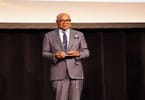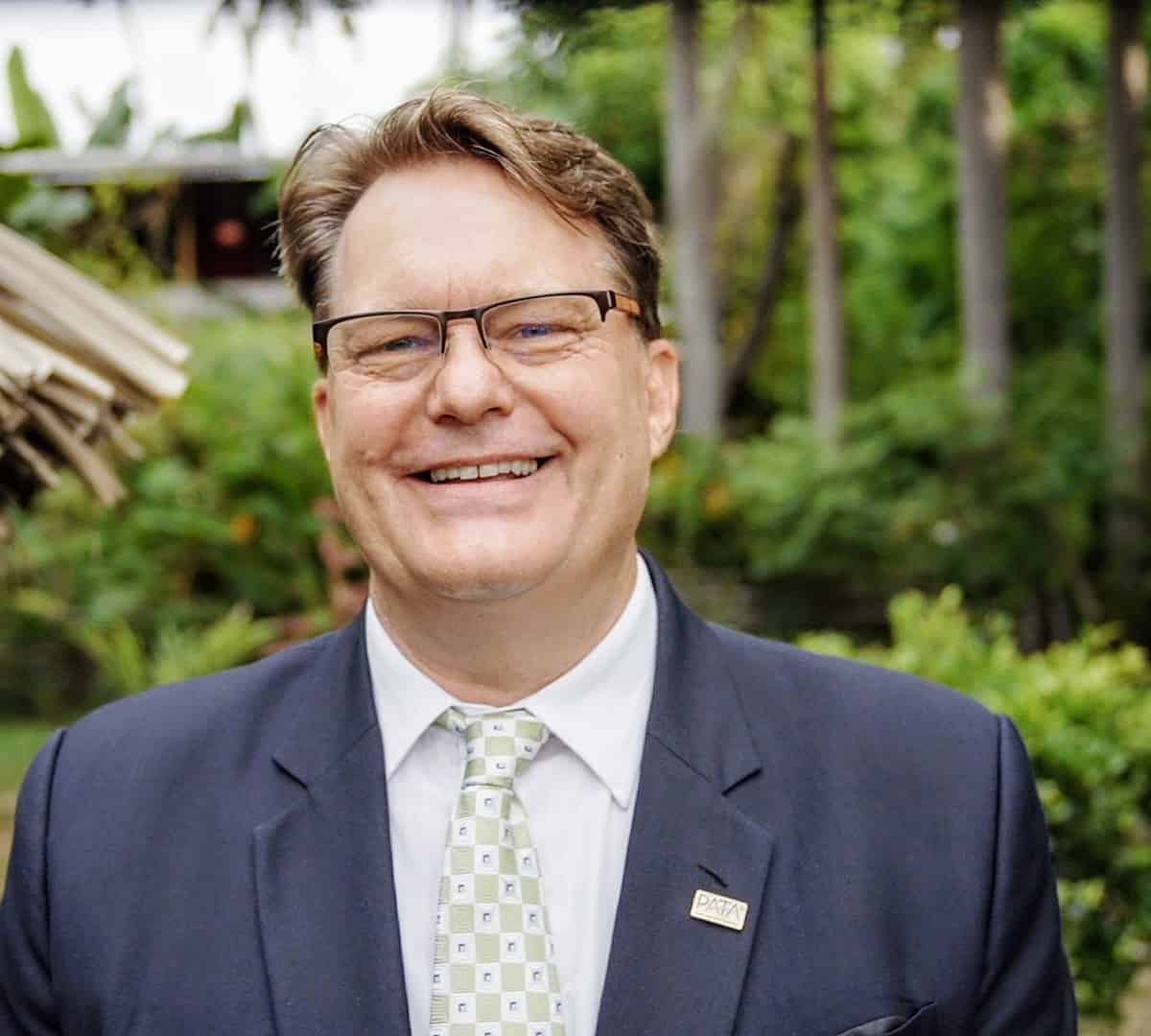If you cannot trust the pilot, who could you trust on an aircraft? This question is becoming more and more an issue over the last 20 years.
There is a pattern of crashes, hijackings caused knowingly by exactly the same people that are paid by you to take you from point A to B on a safe aircaft.
On March 24, 2015, German Wings flight 9525 was intentionally crashed into a mountain.
Deliberate manipulation of flight controls by pilots also caused the crash of Japan Airlines flight 350 (1982), Silkair flight 185 (1997), Egypt Air Flight 990 (1999), and LAM Mozambique Airlines flight 470 (2013). There are some lingering questions about whether deliberate conduct on part of the flight crew led to the disappearance of Malaysian Airlines flight MH370.
In 1986, China Airlines flight 334 was hijacked by one of the pilots, diverted to Guangzhou where the pilot defected. In 1994, an attempt by an off duty pilot “in despair” to crash Federal Express flight 705 was thwarted by the flight crew who put up a fight. In 2014, Ethiopian Airlines flight 702 was hijacked by the first officer and diverted to Geneva where he sought political asylum.
In April 2015, a pilot for a Cathy Pacific flight scheduled to fly from London-Heathrow to Hong Kong was arrested before boarding the plane, after being found in possession of illegal knives.
For over three decades, pilots suffering from emotional distress, financial and psychiatric problems have used aircraft as the weapon of choice to end their lives, ending the lives of hundreds of innocent passengers in the process. This is a harsh reminder that planes are lethal weapons when operated by the wrong people.
In all the incidents mentioned above, the pilots in control were properly licensed, and had the relevant requirements listed in annex one (Personnel Licensing) to the Convention on International Civil Aviation, including valid medical fitness certificates.
Preliminary and final investigation reports (Egypt Air and Silk Air are disputed) for all the incidents above disclose one hidden danger-mental distress- which is not obvious to dispatchers, cabin crew, other pilots or passengers.
Civil Aviation safety rulesshould mandates physical and mental examination of pilots. Pilots should disclose medical facts concerning personal, familial and hereditary history.
Pilots should not suffer from any disease or disability which could render them likely to become suddenly unable either to operate an aircraft safely, or to perform assigned duties safely. Further, pilots should have no established medical history or clinical diagnosis of mental, behavioral, delusional, stress related, neurotic, psychological development, emotional or any other mental disorders.
In most cases once passed fit during a medical certification and issued a license, a pilot need not undergo further certification for a year.
Some airlines have included clauses in their handbooks and operational guidelines that forbid any member of the flight crew to act as such, if they feel their physical or mental condition might jeopardize flight safety.
Unfortunately, such clauses can only be effective if crew are comfortable with disclosure. Conditions like emotional distress associated with failed or problematic relationships/ marriages, or financial hardships are potentially embarrassing and considered personal. A disclosure requirement might be considered an invasion of privacy.
However, privacy should not be an absolute right for pilots, especially where hundreds of innocent passengers rely on the confidence and competence of a flight crew, who they trust to deliver them safely to their destinations.
Physical conditions are investigated and addressed by routine medical assessment and evaluation, the frequency of which increases with age.
Cardiovascular, sight and hearing problems are under normal circumstances, critically examined as license holders’ move up the age ladder.
Mental distress, irrespective of cause, cuts across all age groups. The table below shows incidents, designation and age of responsible pilots.
|
AIRLINE
|
PILOT
|
DESIGNATION
|
AGE
|
|
|
Japan Airlines flight 350 – crashed
Feb 09,1982
|
Seiji Katagiri
|
Captain
|
35
|
|
|
China Airlines flight 334 – hijacked
May 3, 1986 |
Wang Xijue
|
Unknown
|
Unknown
|
|
|
Federal Express flight 705 – attempted hijack and crash April 7, 1994
|
Auburn Calloway
|
Off duty pilot travelling as passenger
|
42
|
|
|
Silkair flight 185 – crashed
Dec 19, 1997 |
Tsu Way Ming
|
Captain
|
41
|
|
|
Egypt Air Flight 990 – crashed
Oct 31,1999
|
Gameel Al Batouti
|
First officer
|
59
|
|
|
LAM Mozambique Flight 470 – crashed
Nov 19, 2013
|
Herminio Dos Santos
|
Captain
|
Unknown
|
|
|
Ethiopian Airlines Flight 702- hijacked
Feb 17, 2014 |
Hailemedhin Abera Tegegn
|
First officer
|
31
|
|
|
German Wings Flight 9525- crashed
March 24, 2015 |
Andreas Lubitz
|
First officer
|
27
|
|
|
Cathay Pacific flight 254 – pilot arrested while in possession of illegal knives April 19,2015
|
unknown
|
unknown
|
61
|
|
|
|
|
|
|
|
A mentally distressed person is not ill and may look normal. Besides, the cause of such distress could have arisen after being certified by the regulator as fit to fly.
Unfortunately, it is unlikely that crew will always disclose details of their marital, emotional, financial or any other issues that are likely to cause mental distress.
This calls for radical changes by the International Civil Aviation Organization for instance; making disclosure mandatory (with a recommendation that member states impose harsh penalties in case of non-compliance), subjecting flight crew to random polygraph tests, psychiatric evaluation and counselling. Hopefully, this screening process can keep out crew with suicidal tendencies.
Such changes should also apply to air traffic controllers, cabin crew, engineers and all persons directly or indirectly associated with operation of aircraft, whose deliberate acts or omissions might compromise air safety.
The author of this article, Mr. Sebina Muwanga, is an advocate practicing law and is a member of the Uganda Law Society. He is a partner in the law firm of Muwanga & Co. Advocates.
WHAT TO TAKE AWAY FROM THIS ARTICLE:
- There is a pattern of crashes, hijackings caused knowingly by exactly the same people that are paid by you to take you from point A to B on a safe aircaft.
- In all the incidents mentioned above, the pilots in control were properly licensed, and had the relevant requirements listed in annex one (Personnel Licensing) to the Convention on International Civil Aviation, including valid medical fitness certificates.
- In April 2015, a pilot for a Cathy Pacific flight scheduled to fly from London-Heathrow to Hong Kong was arrested before boarding the plane, after being found in possession of illegal knives.






















